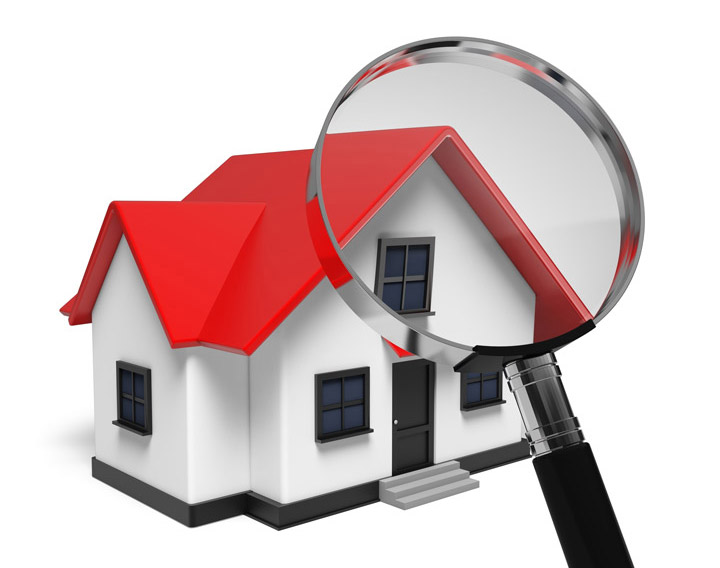
What Are the Components of an Appraisal?A home purchase is the biggest financial decision some of us could ever encounter. Whether it's where you raise your family, an additional vacation home or an investment, purchasing real property is a detailed transaction that requires multiple parties to see it through. Practically all the participants are quite familiar. The real estate agent is the most familiar person in the exchange. Next, the mortgage company provides the financial capital required to bankroll the exchange. And ensuring all aspects of the sale are completed and that a clear title passes from the seller to the buyer is the title company. So, who's responsible for making sure the value of the property is consistent with the purchase price? In comes the appraiser. We provide an unbiased estimate of what a buyer might expect to pay — or a seller receive — for a parcel of real estate, where both buyer and seller are informed parties. A licensed, certified, professional appraiser from TrueNorth Appraisals LLC. will ensure, you as an interested party, are informed. The inspection is where an appraisal startsOur first responsibility at TrueNorth Appraisals LLC. is to inspect the property to determine its true status. We must actually see aspects of the property, such as the number of bedrooms and bathrooms, the location, and so on, to ensure they really exist and are in the condition a typical person would expect them to be. The inspection often includes a sketch of the floorplan, ensuring the square footage is proper and illustrating the layout of the property. Most importantly, the appraiser identifies any obvious amenities - or defects - that would affect the value of the property. Once the site has been inspected, we use two or three approaches to determining the value of real property: a paired sales analysis, a replacement cost calculation, and an income approach when rental properties are prevalent. 
Cost ApproachThis is where the appraiser analyzes information on local construction costs, the cost of labor and other elements to determine how much it would cost to replace the property being appraised. This estimate commonly sets the upper limit on what a property would sell for. The cost approach is also the least used predictor of value. 
Analyzing Comparable SalesAppraisers can tell you a lot about the communities in which they work. They thoroughly understand the value of particular features to the residents of that area. Then, the appraiser looks up recent sales in close proximity to the subject and finds properties which are 'comparable' to the subject in question. By assigning a dollar value to certain items such as square footage, additional bathrooms, hardwood floors, fireplaces or view lots (just to name a few), we adjust the comparable properties so that they more accurately portray the features of subject.
Once all necessary adjustments have been made, the appraiser reconciles the adjusted sales prices of all the comps and then derives an opinion of what the subject could sell for. At TrueNorth Appraisals LLC., we are experts when it comes to knowing the value of real estate features in Olmsted Twp and Cuyahoga County neighborhoods. The sales comparison approach to value is most often awarded the most consideration when an appraisal is for a home sale. Valuation Using the Income ApproachA third method of valuing a house is sometimes applied when a neighborhood has a reasonable number of renter occupied properties. In this case, the amount of revenue the real estate yields is taken into consideration along with income produced by similar properties to derive the current value. ReconciliationCombining information from all approaches, the appraiser is then ready to state an estimated market value for the property in question. The estimate of value on the appraisal report is not always the final sales price even though it is likely the best indication of a property's valueThere are always mitigating factors such as seller motivation, urgency or 'bidding wars' that may adjust an offer or listing price up or down. But the appraised value is often employed as a guideline for lenders who don't want to loan a buyer more money than they could recover in case they had to put the property on the market again. At the end of the day, an appraiser from TrueNorth Appraisals LLC. will help you attain the most fair and balanced property value, so you can make the most informed real estate decisions. |